Explore examples of hyperbole with your students using this set of 24 sorting cards perfect for your collaborative group work.
Explore Examples of Exaggeration and Hyperbole
My feet will drop off if we don’t stop walking!
Dad asked me a million times to brush my teeth.
Jenna’s teenage sister never stops frowning.
Did you know that each of the sentences above is an example of a hyperbole? A hyperbole is a rhetorical device where overstatement (exaggeration) is used to achieve a specific impact. It involves stretching reality beyond its literal boundaries to produce a greater impact on the reader or listener. Hyperboles are common in everyday conversation and also appear frequently in both literary and persuasive texts.
To help your students identify hyperbole in everyday statements, the experienced teacher team at Teach Starter has created this set of 24 sort cards. Each card contains a statement – some of the statements contain hyperbole whereas others do not. Once students have made a decision, they must place the card under the correct sort heading.
This resource downloads as a full-colour PDF or editable Google Slides file. It contains:
- Instruction page
- 2 x sort headings (Hyperbole and Not a Hyperbole)
- 24 question cards
- Answer key
Using hyperbole in their writing is a valuable skill for students to learn. It enables them to convey enthusiasm or passion that can influence others to be more receptive to their message.
More Uses for These Hyperbole Sorting Cards
These sorting cards with statements containing hyperbole can be a fun and engaging way to teach students about this persuasive device. Here are some creative and enjoyable activities you could incorporate into your lesson plan:
- Hyperbole Art – Have students illustrate the hyperbolic statements on their sorting cards. This combines language learning with artistic expression, allowing students to visually represent the exaggerated meanings.
- Hyperbole Relay Race – Set up a relay race where teams must run to a pile of sorting cards, identify whether the statements are hyperbolic or not, and then run back to tag the next team member. This active game keeps students on their toes.
- Hyperbole Debate – Select a few hyperbolic statements and organise a debate where students argue whether the exaggeration is justified or not. This encourages critical thinking and discussion about the use of hyperbole in communication.
Remember to adapt these activities based on the grade level and preferences of your students. Making the learning process enjoyable will enhance their understanding and appreciation of hyperbole in language.
Download This Hyperbole Game
Use the dropdown icon on the Download button to choose between the printable PDF or editable Google Slides version of this resource. You will be prompted to make a copy of the Google Slides file before accessing it.
Print on cardboard for added durability and longevity. Place all pieces in a folder or large envelope for easy access.
This resource was created by Caitlyn Phillips, a Teach Starter collaborator.
More Resources for Exploring Persuasive Devices
Click below to access more teacher-created, curriculum-aligned resources to use when exploring the power of persuasive devices with your students!
[resource:5055180] [resource:5060836] [resource:24553]


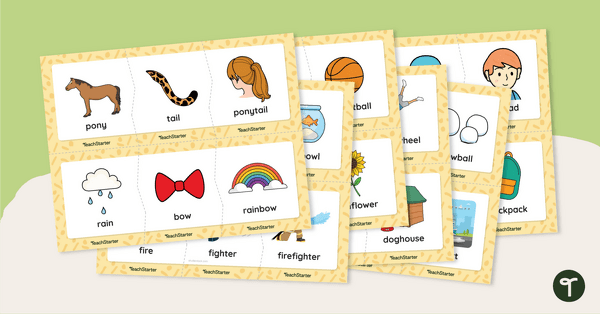
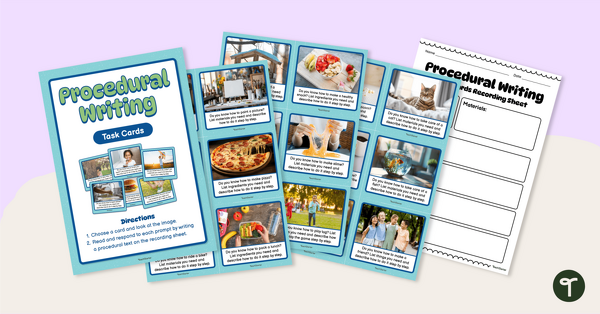
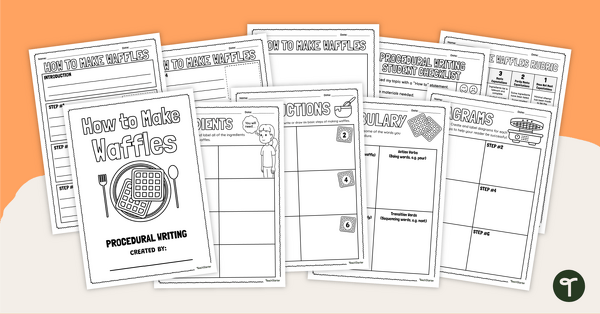
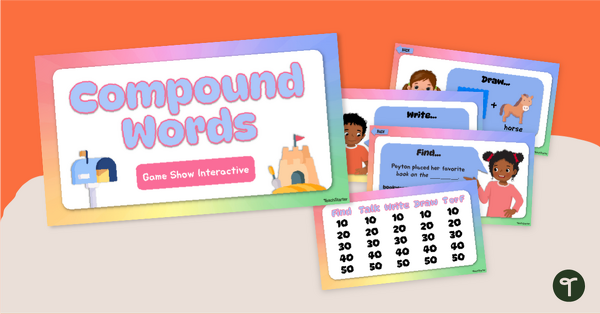
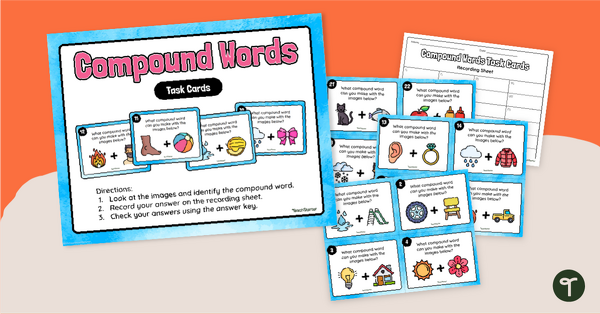
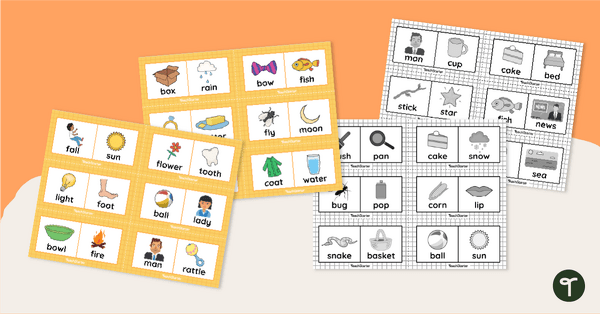


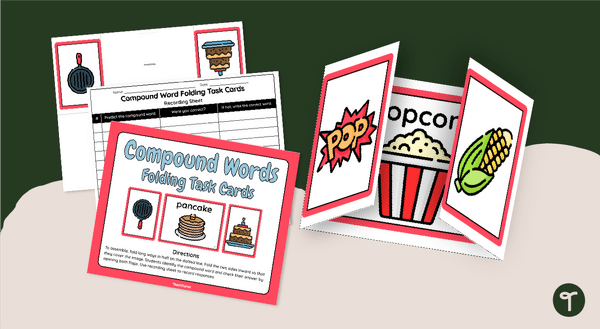
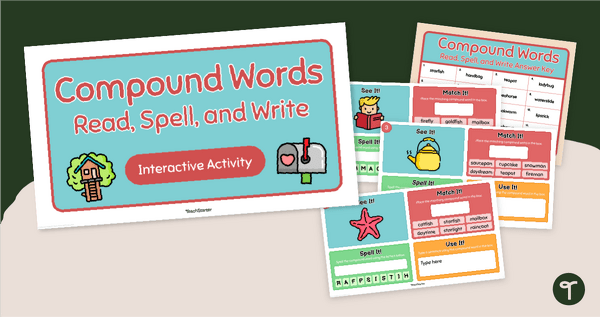
0 Comments
Write a review to help other teachers and parents like yourself. If you'd like to request a change to this resource, or report an error, select the corresponding tab above.